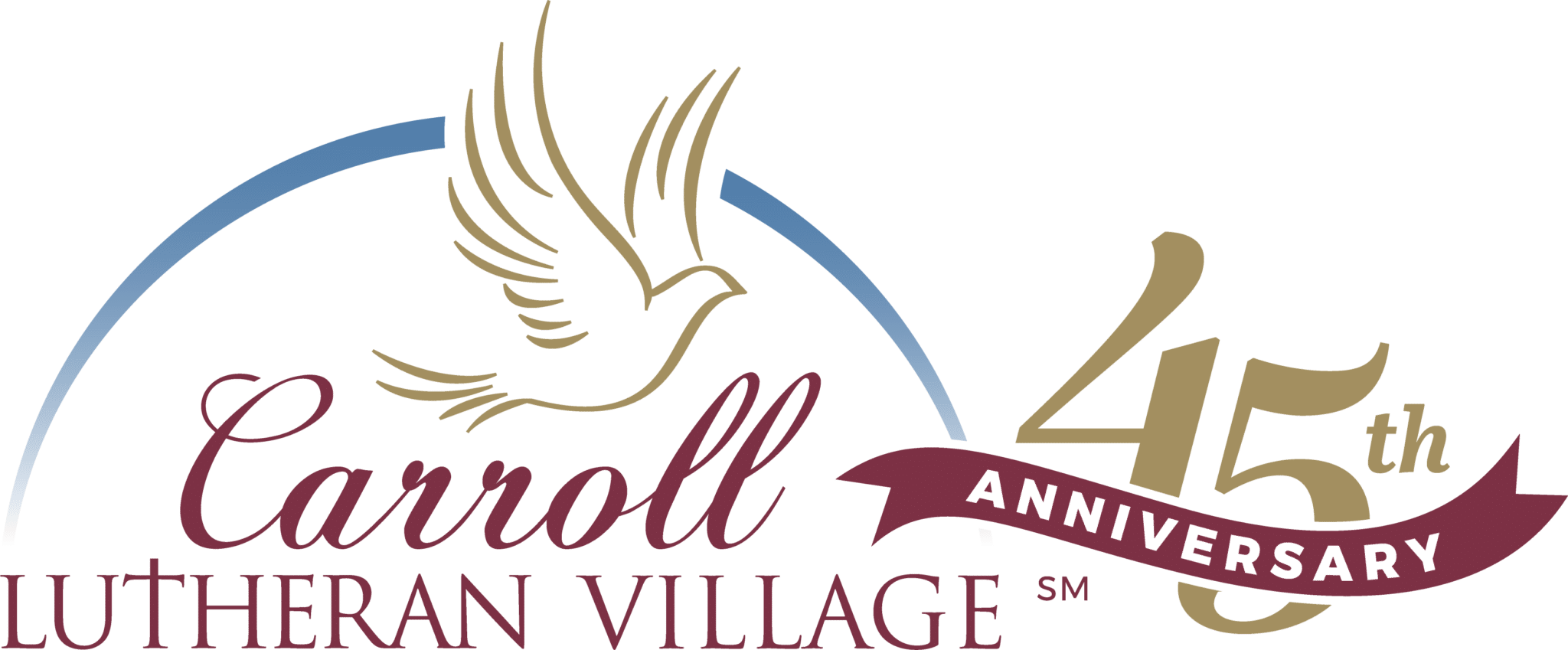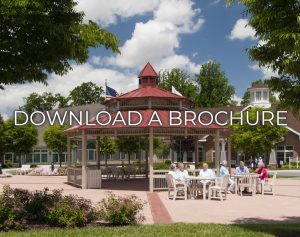Aging in place at home tends to be perceived as less expensive than living in a senior living community; however, comparing the cost of senior living against the costs of aging in place at home often reveals they are comparable and, in most cases, point to senior living offering better value.
When comparing the cost of senior living with the costs of aging in place at home, there are important costs you should compare.
Important Costs to Compare
Maintenance Replacement and Repair
Whether your home is new or old, you factor in routine maintenance and repair costs. Think about the routine maintenance (e,g. cleaning gutters, washing siding and windows, lawn care) and consider repair/replacement costs (e.g. replacing the roof, furnace or water heater, repairing a cracked foundation and plumbing issues). The costs add up and should be budgeted.
In a senior living community, maintenance is part of the cost of senior living; you don’t pay additional money for these types of costs. Maintenance and repairs are handled by the senior living community. At Carroll Lutheran Village, we have a team of maintenance professionals who assist residents when issues arise in their home and perform routine maintenance to keep our community beautiful.
View Real Estate Witch’s The True Cost of Owning a Home (2023 Data) for the total average maintenance costs spent and the most common types of maintenance and repairs.
Transportation
Your vehicle means freedom, but it also comes at a cost. According to the Car and Driver Cost of Car Ownership: Everything You Need to Know, these costs include monthly loan payments and interest, fuel, maintenance (e.g. oil changes, new tires, tune-ups), repairs, insurance, registration fees and, of course, depreciation. You can spend thousands of dollars every year just to drive.
Free local transportation is included in the cost of senior living – relieving you of vehicle costs and the hassle of vehicle maintenance. Though you can continue owning your vehicle while living in a senior living community, you’ll find reliable transportation from the community to be ideal when having to run an errand in less than ideal weather conditions or your vehicle is in the shop.
Senior living communities have designated parking spots for resident vehicles located close to their home, and some homes – like those at CLV – offer driveways and garages.
Entertainment
It’s easy to underestimate entertainment costs because entertainment is usually spread out over time, and those costs – like everything else – have gone up. According to CNBC’s Inflation at its worst: Some ticket prices are up as much as 100%, admission prices have increased for museums, sporting events, concerts, amusement parks and more. Add to that higher restaurant prices, entertainment quickly becomes a line item on your budget spreadsheet.
Entertainment (i.e. events, trips and daily activities) is included in the cost of senior living. Calendars are full of entertainment including arts and crafts activities, lifelong learning classes, happy hours, trips to cultural venues, and on-site performers such as musicians, speakers and more. At CLV, we have team members whose responsibility is to provide you with fun and exciting activities every day. No need to sit around bored and uninspired, the all-inclusive senior living costs make staying entertained and engaged easy!
Food and Nutrition
Another bite out of your stay-at-home budget is food costs, which keep rising. However, the cost of poor nutrition is often overlooked. High costs of fresh produce and meats as well as time and effort to prepare home-cooked meals tend to be replaced by processed foods or eating out.
According to the T. Colin Campbell Center for Nutrition Studies’ How Much Does Malnutrition Really Cost?, poor nutrition can play a role in a variety of health problems including diabetes, Alzheimer’s disease, cancer, stroke, heart disease and many more. If you don’t get adequate nutrition, you’ll likely face costly medical bills when your health fails.
Senior living communities typically take nutrition to a higher level with chef-prepared meals designed to meet unique nutritional needs even if you’re on a special diet. Beyond providing nutritious meals, we have a dietician on our team who helps educate residents on nutrition.
Meals are also available at different dining venues from formal dining rooms to more casual cafés and bistros. Each dining venue offers a different menu providing you with a variety of meals to choose from. You may even find yourself trying different cuisines. Plus, all the dining venues are conveniently located within the community; you don’t have to travel outside of the community for a delicious meal that’s good for you.
Some communities offer meal plan options, which get factored into the cost of senior living. Depending on the meal plan you choose, your meals will be covered without additional expense, as part of the cost of senior living.
Safety and Security
Finally, staying safe and secure at home can be another undervalued item to include in the cost of senior living versus aging in place comparison. Home security systems can be complicated and costly, and a separate personal safety device may be needed if you have mobility or health problems. Then there is the issue of accessibility. Residential homes typically aren’t designed for aging in place and lack accessibility features that are commonly found in senior living communities (e.g. wide hallways and doorways, grab bars in bathrooms). Evaluate whether your home is safe for aging in place.
Safety and security are included in senior living costs, so it’s no longer a worry. For example, CLV’s security features include pull cords and motion sensors in residences and throughout the community, wearable pendants, keypad entry in resident buildings and 24/7 staffing.
When considering whether aging in place at home or living in a senior living community is right for you, it’s best you examine the cost of senior living against the costs of aging in place as well as the value each option provides. We’ve touched on the more important costs, but there are many other aging-in-place costs to consider and compare against the cost of senior living. Explore more of these costs in our Cost of Senior Living Versus Aging at Home blog post. You may also find it helpful to download our Stay or Go Guide, which provides a more thorough comparison along with worksheets.






